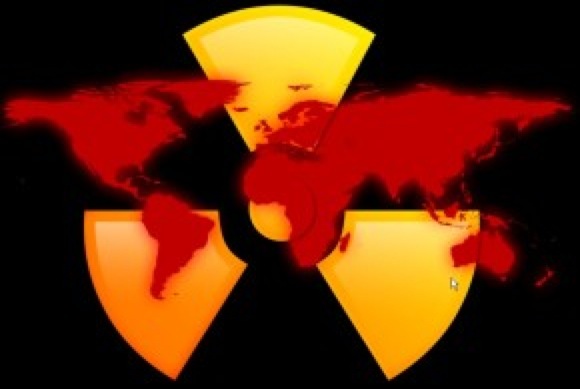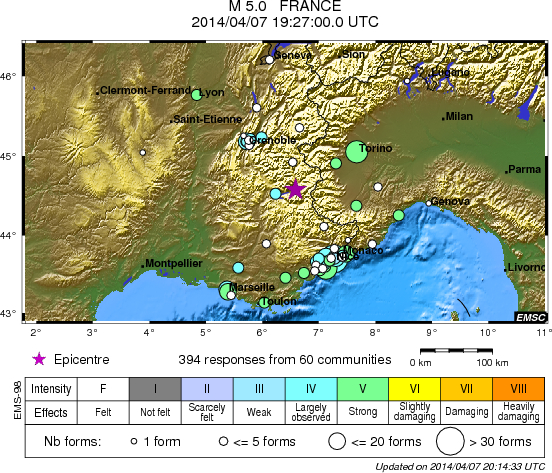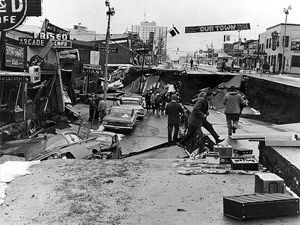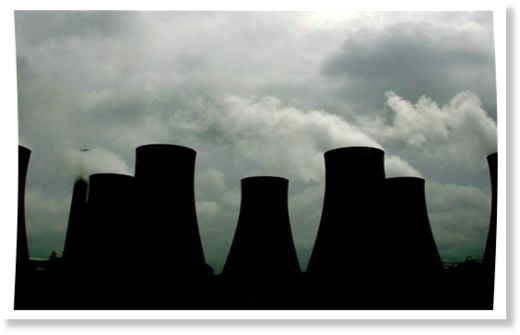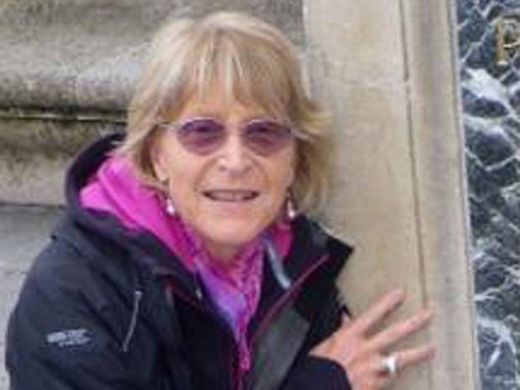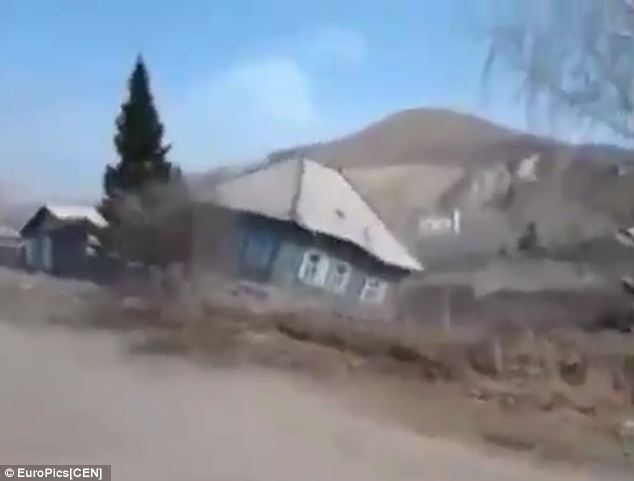At 5:36 pm on March 27, 1964, the largest earthquake ever recorded in North America, and the second largest in history, rattled coastal Alaska for close to 4 minutes. Though the epicenter of the Great Alaskan Earthquake was deep beneath Prince William Sound -- 75 miles east of Anchorage and 56 miles west of Valdez -- the magnitude 9.2 temblor rippled water as far away as Louisiana and even made parts of Florida and Texas jump a couple of inches.
Every year the Pacific tectonic plate barges roughly 2 in. into, and under, the North American plate near southern Alaska. Under intense pressure from the friction, the crust bends and strains until it eventually snaps back into place, as it did that March evening. In downtown Anchorage, the quake caused the streets to become asphalt waves, bouncing cars into the air.
Parts of the city dropped as much as 30 ft., bringing the Denali Theater marquee on Fourth Avenue to sidewalk level. One block over, the concrete facade of the new J.C. Penney crashed into the sidewalk, killing a crouching pedestrian and a passing driver. At the airport, the control tower toppled over and killed an air traffic controller.
The ground in the Turnagain Heights subdivision simultaneously sank and surged up. "Our whole lawn broke up into chunks of dirt, rock, snow and ice," Turnagain resident Tay Pryor Thomas wrote in
National Geographic shortly after the quake. "We were left on a wildly bucking slab; suddenly it tilted sharply, and we had to hang on to keep from slipping into a yawning chasm."
But what claimed 115 of the 131 lives that day wasn't the earthquake itself. It was the tsunami waves that screamed across Prince William Sound and down the Pacific Ocean. The quake had caused several underwater landslides that, in turn, displaced vast amounts of water. The great volume of water that was forced out to sea returned just as quickly, in the form of giant waves that geologists call local tsunamis.
"I was in my house in Cordova eating dinner when the quake struck," recalls Pete Corson, then a U.S. Coast Guard lieutenant assigned to the cutter
Sedge. "Our house came almost completely off the foundation. I ran down to the dock and it had split in half and was heaving back and forth. We had to wait until the gap closed before jumping across it to get to the
Sedge." Corson brought his wife and three young sons with him as he boarded the cutter. Soon, reports began to crackle over the ship's radio: "The village of Chenega is completely wiped out by a tidal wave. There are many injuries ... only one house left standing." The
Sedge was in "Charlie status," with its engines disassembled, and the crew scrambled to get her underway.
Forty-five miles north of Cordova, in Valdez, the 400-ft. freighter SS
Chena was in port when the quake hit. Twenty seconds after the initial tremors, 98 million cubic yards of the silty delta slumped away. The massive amount of water displaced came rushing back as a 40-ft. local tsunami, killing more than 30 people as they tried to flee.
